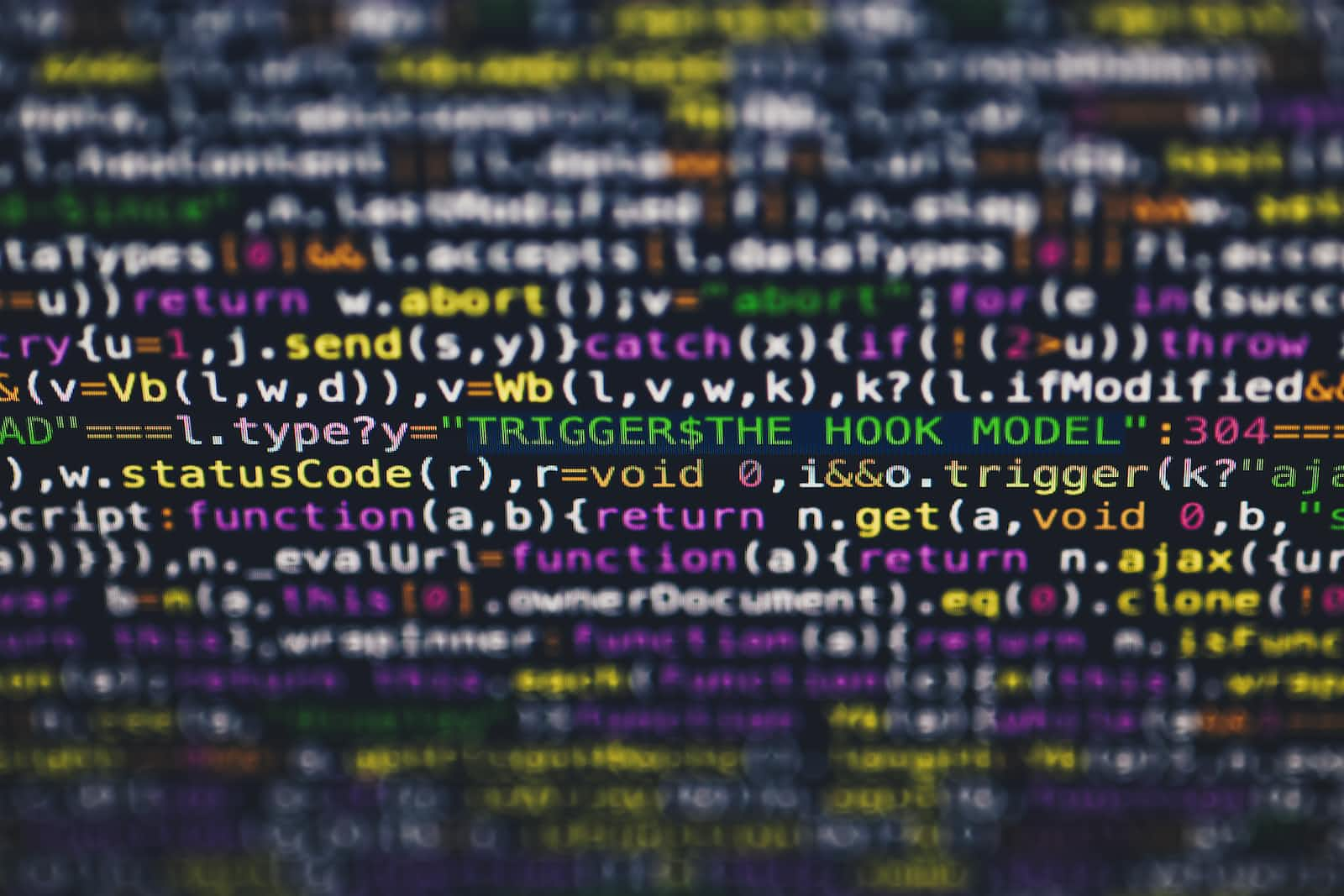On Software, Culture and Software Culture
 Sai Gattupalli
Sai Gattupalli
Written by Sai Gattupalli
Software has been an integral part of our lives for the past decade. While software is created by humans, the culture surrounding it is not. The culture of a software can be seen in how it is used, what it does, and how its users feel about it. Software affects day-to-day life. For example, the navigation app Waze was ranked as one of the top 10 most important apps in 2015. It helps people find their way to their destinations efficiently and quickly. Software has a huge impact on our lives, from the little things like using an alarm clock app to something more important like using Zoom for your job interview.
Culture is more than just the surface level; culture also includes history and tradition.
For example, when Microsoft released Windows 8 in 2012, people were resistant to change so there was a lot of criticism about changes made to interface and controls for mouse-oriented devices. I mean, what else could a multinational shareholder driven corporate have done to get back its frustrated user base, other than to eventually issue a patch which allowed users to switch between old desktop start menu and new full screen option.
With the increased consumption of technology in our lives, people have become more and more dependent on the software that their devices use. The software that we install on our devices and computers is a large component of our culture, because it influences how we behave, how we interact with others, and what we do with our time.
Some software is designed for entertainment and leisure, such as games or social media apps. Others are designed for work-related tasks, such as word processing programs. Still others are used in business contexts and are made primarily for communication with customers, employees, or suppliers. Finally, some software is created for one specific application; these include special-purpose packages like antivirus software or scientific applications like molecular modeling.

The hardware that tells us what to do is a smaller component of our culture, but is important because it influences how we behave and interacts with others. A good example is the smartphone. It not only tells us what to do, it also changes how we behave and interacts with others. We use them constantly throughout the course of our day and they are a focal point in many cultures in small ways as well as big ways.
Software is a form of applied culture. It is part of who we are and how we interface with the world around us. Software manifests as the things that we interact with, the tools that help us to do our jobs and hobbies, and the digital constructs that take up more and more of our time. It can be difficult to see software because it often takes on other forms and lives in places like data centers or on computers, which can make it seem less tangible than other forms of culture.
Software is a set of instructions that tell a computer what to do and on what to focus. Culture is made up of the values and beliefs that people have in common. The two are intertwined in many ways, as both shape each other through feedback loops.
It appears to me that culture becomes a factor with software when we realize that software shapes culture because it helps determine what gets made or not, how we do certain things or don't do certain things, and what's valued or not valued. I am not sure how many of my readers like to counter that statement, but comments are welcome as I would love to learn more about the topic.
In order to answer this question, one should know what is culture. Culture could be defined as the sum total of ways of living built up by a group. This can be seen in beliefs, arts, pastimes, tradition and other cultural norms. More on culture, material and non-material cultures discussed in my previous article. In examining the influence that software has on culture it is important to acknowledge that there are different levels at which they are related.
First, there is a level at which software is not related to cultural change. This could be seen when an IT company creates an interface for a website or when someone updates their blog with new posts from their computer.
Second, there is the level when software helps people access information that would have been inaccessible without it. For example: online shopping and banking, online banking services
Thirdly this would be the level where software might play a role in cultural change through user-generated content in social media platforms like Twitter and Snapchat as well as Youtube and Facebook videos
Finally, I would like to close by saying when we use software, there is always a cultural aspect to it that influences our expectations of how it should work and what we can do with it. For example, when you use an iOS app designed by Apple, you will have certain assumptions about how it works and what functionality you will be able to access based on your understanding of Apple’s design language - skeuomorphism or not? When you download Google Chrome or Mozilla Firefox, you are making implicit assumptions about the organization that made them and their core philosophy around what they think constitutes a good web browser experience. By the way, I use Firefox and good lord the multi-account containers are my favorite piece of software add-on out in the market. Of course, Raymond Hill's uBlock Origin is up there too.
Thanks for reading.
Collect your gift: 🥦
Quote of Wisdom

Subscribe to my newsletter
Read articles from Sai Gattupalli directly inside your inbox. Subscribe to the newsletter, and don't miss out.
Written by

Sai Gattupalli
Sai Gattupalli
The blog is maintained by Sai Gattupalli, PhD candidate in Math, Science, and Learning Technologies (MSLT) at the University of Massachusetts Amherst College of Education. His research explores AI-integrated learning environments, culturally responsive computing, and educational equity across global contexts. As a college writing instructor and STEM education researcher, he combines digital pedagogy with multimodal storytelling to support diverse learners. Sai is also the creator of Equations & Echoes, a YouTube channel producing AI-generated STEM music videos for young learners and educators.